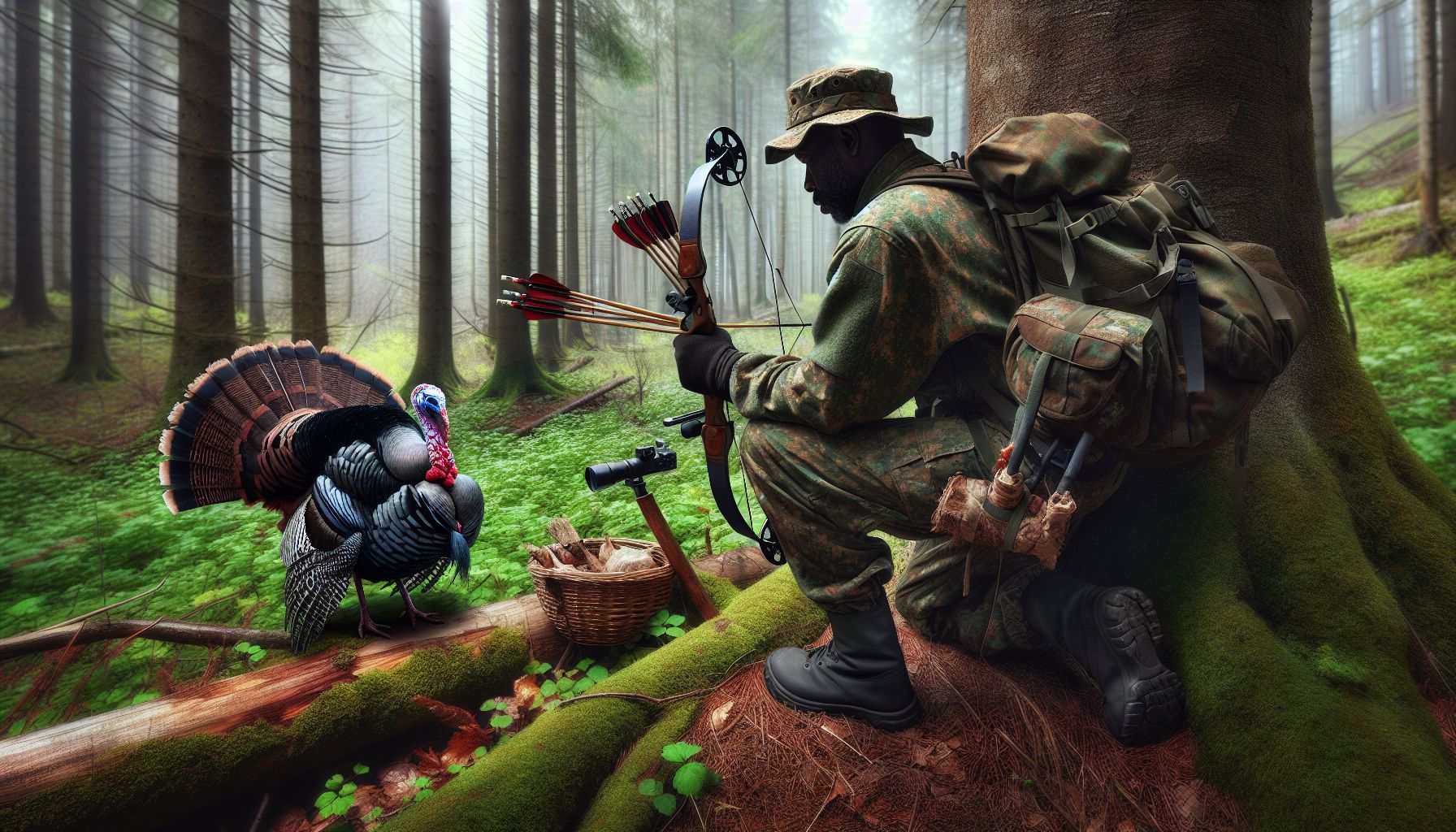How to Hunt Turkey for Survivalists

Turkey hunting can be a challenging yet rewarding experience for survivalists looking to provide food for themselves in the wilderness. Turkeys are a great source of protein and can be found in various habitats across North America. In this article, we will discuss some tips and techniques for hunting turkeys in a survivalist situation.
Before the Hunt
Before heading out to hunt turkeys, it is important to be prepared. Make sure you have the necessary hunting gear, including a reliable weapon such as a shotgun or bow, camouflage clothing, hunting boots, and calls to attract turkeys. It is also essential to check the hunting regulations in the area you plan to hunt, as well as obtaining any necessary permits.
Choosing the Right Spot
When scouting for turkeys, look for areas with good cover, roosting sites, and food sources. Turkeys are known to frequent oak ridges, grassy fields, and open woodlands. Set up your hunting spot near these areas, making sure to remain hidden and undetected by the birds.
Using Calls
Using turkey calls is crucial for attracting turkeys to your location. There are various types of calls, including box calls, slate calls, and diaphragm calls. Practice using these calls before heading out into the field, as realistic turkey sounds can make all the difference in luring in your prey.
Patience is Key
Hunting turkeys requires patience and persistence. Turkeys have excellent eyesight and can easily detect movement. Stay still and alert while waiting for turkeys to approach. Use decoys to add realism to your setup and attract curious turkeys.
Shot Placement
When it comes time to take the shot, aim for vital organs such as the head or neck for a clean, quick kill. Turkeys have thick feathers that can deflect shots, so it is important to aim carefully and shoot at close range for maximum effectiveness.
The Harvest
After successfully harvesting a turkey, it is essential to process the bird properly to ensure the meat stays fresh. Remove the feathers, gut the bird, and store the meat in a cool place. Turkey meat can be cooked and eaten in various ways, providing a valuable source of protein for survivalists in the wilderness.
Safety Tips
Hunting wild animals comes with inherent risks, so it is essential to practice safety at all times. Always be aware of your surroundings and know where other hunters may be located. Wear blaze orange clothing to increase visibility and avoid accidents. Additionally, never point your weapon at anything you do not intend to shoot.
Conclusion
Hunting turkey for survival can be a challenging yet rewarding experience for those willing to put in the time and effort. By following these tips and techniques, survivalists can increase their chances of successfully harvesting a turkey for food in the wilderness. Remember to stay patient, use calls effectively, practice shot placement, and prioritize safety at all times. Happy hunting!